Biography

This page gives an informal and irreverent potted biography of Prof. Steed for those with better things to do than plough through a CV. The links on the left will send you to Jon Steed’s CV, full publications list and, for fun, his ‘academic genealogy’.
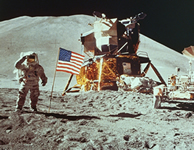
Like most people Jon Steed was born. In his case the event occurred in July 1969, in Wimbledon (home of the Wombles), just in time for the first moon landing. Having grown up in various parts of the UK, gradually moving ever southwards from Newcastle to Northamptonshire to Reading, he finally got back to London in 1987 as a shy undergraduate with bad A-level results at UCL. Unable to cope with thermodynamics, and with insufficient memory capacity to handle the immensity of organic chemistry, he was quick to allow his natural love of pretty colours to lure him into the marvellous, mystical world of transition metal chemistry. Following an over-enthusiastic final year project in transition metal organometallic compounds he was awarded first class honours (doubtless as a result of a typing error) and went on to spend the summer in physical organic chemistry, working on reverse GLC analysis of microsensor coatings. This not being sufficiently aesthetically pleasing however, he soon returned to organometallics, doing a Ph.D. in olefin complexes of ruthenium, under (now Prof.) Derek Tocher at UCL.

He graduated in 1993 armed with a love of the synthesis and X-ray crystallography of pretty coloured things and flew straight out to the alternative universe of Tuscaloosa, Alabama USA to postdoc with Jerry Atwood where he soon discovered the concept of supramolecular chemistry – the chemistry of playing Lego with pretty coloured molecules. He also discovered the delights of US College football, Chevvy pick-up trucks, baseball caps and people who couldn’t understand a word he said. This latter tradition, he is still perpetuating amongst numerous unfortunate undergraduate students to this very day. The delights of small-town Tuscaloosa were, alas, truncated by a sudden move of the entire Atwood group to Columbia, Missouri (a pleasant eleven hour drive for an antiquated oldsmobile). Alarmingly, Missouri proved to be even more fun than Tuscaloosa and Jon completed his time there with a reputation for scorning American beer (in non-negligible quantities), making full use of the swimming pool and being altogether far too enthusiastic about chemistry.

In 1995 Jon was appointed as lecturer at the ill-fated department of Chemistry at King’s College London. It seemed like a good idea at a time when the world was young and innocent and you’d think that a Chemistry department that had been around since 1832 should last a bit longer. In 1999 Jon was awarded the Royal Society of Chemistry’s Meldola Medal (a very prestigious prize for the inorganic or organic chemist most likely to pay their RSC membership while still under 30 years of age). It turns out that these things are pretty useful since it immediately resulted in promotion to a Readership and the de facto completion of all of Jon’s life’s ambitions. New goals were required and so…

… in 2000, as a millennium present, the stork brought along a son and heir, Ben Steed, born with the same birthday as such greats as F. A. Cotton of Texas A&M University and Sean McGrady of the University of New Brunswick, Canada. By 3 years old Ben had already greatly surpassed his father in ability to obtain chocolate from diverse sources but remained unconvinced of the Big Bang theory. In 2011 Ben was a member of the winning team for the Durham County Athletics Championships. This fact alone, so contrasting to the inexplicably missing record of sporting achievements of his father, casts his parentage into a darkly suspicious light.
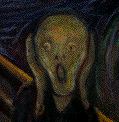
Since starting his professional academic career at King’s in 1995 Jon has managed to prove a source of entertainment for the whole community as a result of his total inability to control sliding blackboards. It is this sublime skill for which he will be remembered most. After a successful first year in which most of the unfortunate students of Inorganic Chemistry course CC2001 (now discontinued) failed, he has unfortunately been able to teach his own misunderstanding of transition metal chemistry to the devotees of CC2001’s successor course as part of an ever expanding teaching portfolio. It is fitting that in the much more sensible climate of Durham he was not initially teaching any inorganic chemistry at all. That all changed in 2004 when Jon discovered that it was possible to make lecture notes very easily by copying pictures from textbooks and so agreed to give it one more go.
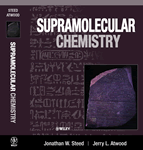
The year 2000 also saw the publication of Jon’s textbook Supramolecular Chemistry and as a result he hardly published any papers at all that year. While academically dubious and of no value to his university employers whatsoever, the book went on to become famous for looking very pretty on the shelf and having a totally inexplicable picture of an ancient Egyptian artefact, the Rosetta Stone, on the cover. What’s that got to do with Chemistry you may well ask? Jon is wont to reply, “well, it looks cool” and mutter something incoherent about translating the language of science.
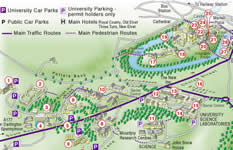
The year 2003 brought the amazing news that King’s, a major Russell Group University, was to close its Chemistry Department! Jon was one of the leaders of the fight to save King’s and as a result the closure became certain. Fortune smiled, however, in that the beautiful University of Durham happened to need a Reader in Inorganic Chemistry and in an act of quixotic madness about which Jon will be eternally puzzled, appointed our hero effective 1 Jan 2004. Wrapping up warm, Jon moved back to his North Eastern roots forthwith. He can now be found grinning inanely in room 103L, initially a mere stone’s throw from his home. Whenever he was asked how he feels about moving to one of the country’s best chemistry departments Jon always used to reply with puppylike enthusiasm “it’s just 15 minutes walk from my house”! This proved too convenient, however, and with the joy of Covid-19 he retreated five miles to the countryside, isolated splendour of Quebec (the one in Durham, not Canada, obviously).

Always busy, Jon became a father for the second time in 2004 when Joshua Steed was born. Unlike his brother, Josh couldn’t wait to come into the world and (rather rudely) was 7 weeks early. Throughout his first year of life he became especially popular at home by virtue of his propensity to sit quietly and placidly while his brother mauled him affectionately. At age 1 however, Josh decided that enough was enough and has since returned the favour with interest. As a toddler he listed his main hobbies as giggling and turning his clothes out of his chest of drawers. As the years pass Josh has proved to be a sublimely well behaved and caring young man, and has surpassed all previous human records for loud singing.

In 2005, throwing fiscal caution to the wind, Jon bought a Jag. Now Jags are totally cool. This one was metallic British racing green (what other colour would you choose for a cool car?) and has a pedestrian safety rating of 1 out of 5 – Basically a very fast tank. Could life be any better? Well, yes it could. For reasons that must be entirely due to the presence of Kirsty Anderson (now Kirsty Steed!) in the research group (who actually is smart) the EPSRC (the UK’s premier Govt. organisation for rejecting grant proposals) went utterly mad. Completely off-their-trolley, howling bonkers. Not content with awarding one grant to Jon, they gave him three. In fact even the Leverhulme Foundation (who generally know better) got in on the act and flung some money our hero’s way as well. What’s that about then? It’s like buses; for a bloody decade nothing, and then four come at once. Unfortunately you can’t use grant money to pay for the Jag but still it helps lower the blood pressure levels of the Department’s glorious leader. At last, the lab could afford chemicals!
The year 2007 proved an interesting time for our hero in which he was whipped away to exotic locations in undisclosed parts of the world. This had the pleasing effect of allowing him to afford to fix his roof and thus prevent water leaking onto the “first” copy of the lovely 2000 book Supramolecular Chemistry. He also tried Saki. As a result of this absence Durham University curiously decided to promote him to full Professor… this allowed Jon to finally realise, with disappointment, the fact that academics don’t ever get paid much. The year 2007 also saw the publication of Core Concepts in Supramolecular Chemistry and Nanochemistry – a lovely book, carefully and cunningly designed to be markedly shorter than the 2000 magnum opus. Its high quality and suavely good-looking illustrations are a direct result of its being almost entirely written by David Turner and Karl Wallace with almost no input from Steed at all. Now, if only Wallace would shave those sideburns off…!
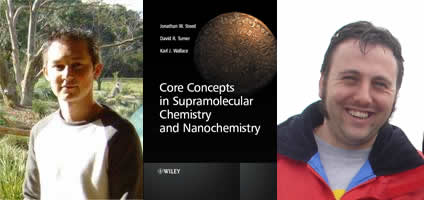
Never bored for longer than it takes to make a child a packed lunch, Jon decided to use his experience of reading Karl and Dave’s book to fix up his own and thus, in a wine-fuelled meeting with Andy Slade from Wiley, the second edition of Supramolecular Chemistry was born. This proved an excellent excuse for our hero to take a term off pretending to write in his loft while getting an excellent score on Spider Soitaire (an activity at which he is a formerly world-reknowned expert). The result came out in Jan 2009. Jon is particularly proud of this second edition because it is far less incorrect than the first offering despite having more pictures. That should have about wrapped it up for our hero’s writing activities and given him time to sit back and enjoy the holiday in Bognor that the Royalties might pay for… Unfortunately Phil Gale came up with a great new idea for a project that he just couldn’t say no to, oh no! It is likely that wine was again involved… The eight-volume Supramolecular Chemistry: from Molecules to Nanomaterials was published in in 2012 and reads extremely well thanks to the efforts of an amazing international group of authors and editors, none of whom have received the credit they deserve. As if that wasn’t enough the peace and quiet of living full time with a teenager and a 20 year old in 2020 resulted in a 3rd Edition of said Supramolecular Chemistry. Accompanied by an underwhelmed Twitter following as #SupramolChem3rdEd this book was due out in April 2021… but, ahem, there was a problem. It was too big at 1400 pages so had to be just hardback. Ok. Fine. There was another problem. While our hero, after 20 years had become not that bad at writing and copying published diagrams, the dear publisher had, apparently, forgotten how to do typesetting. Jon got quite grumpy.
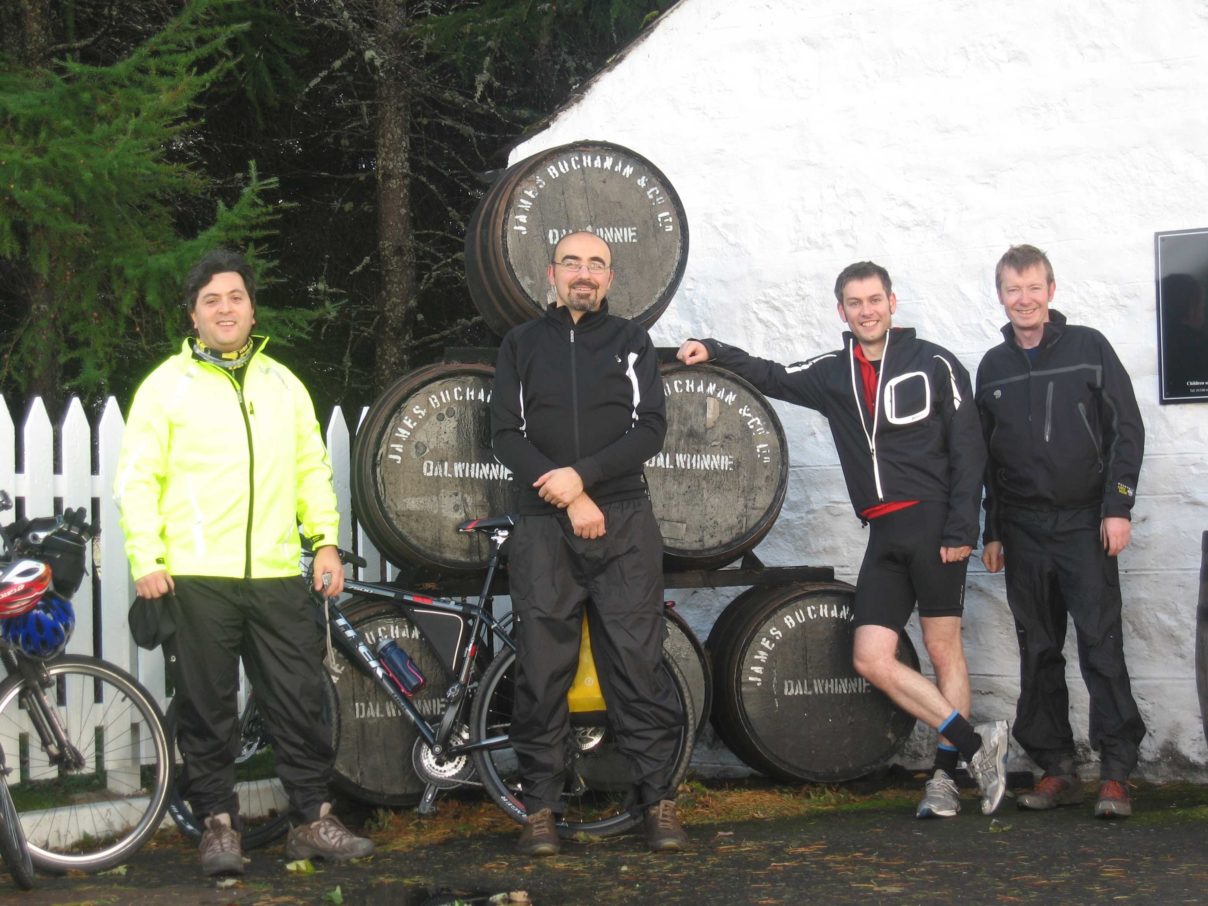
In recent years Jon has discovered the joy of house renovation (i.e. paying a builder lots, smiling, nodding and saying thank you without a clue). The astronomical cost of this activity resulted in the temporary exchange of the Jag for Shank’s Pony in 2010 and considerable cycling mileage around the hills of Durham and even Scotland’s glens and lochs. Anyone who can discern a whiskey distillery in the background of the picture is almost certainly mistaken… well okay it was a trip purely for scientific interest. This health kick lasted a reasonable while with Jon completing numerous cycling sportives including the 150 mile Coast-to-Coast in a day in 2016 and 2019 as well as running the York marathon twice. What a sexy devil! Fortunately the great coronavirus stay-at-home sitathon put paid to all that in 2020 and Jon bought another (even larger) Jag and took up being fat again. However it is possible to spot owls skimming the hills near his house so that’s a good excuse to sit around doing very little.

Jon’s research group meanwhile have developed the amazingly attractive technique of crystallising pharmaceuticals in supramolecular gels, work that has gone on to be published in Nature Chemistry – they’ll regret that alright! As this work progresses the country has imploded, left the EU and generally locked down and there is little money left for real science and little chance to do it, and so as our hero looks forward to a long twilight of a career quietly missing out on major research funding and working from home, it is important to remember that Jon is available for weddings, funerals, Bar Mitzvahs, and other popular science lecturing events at reasonable rates.
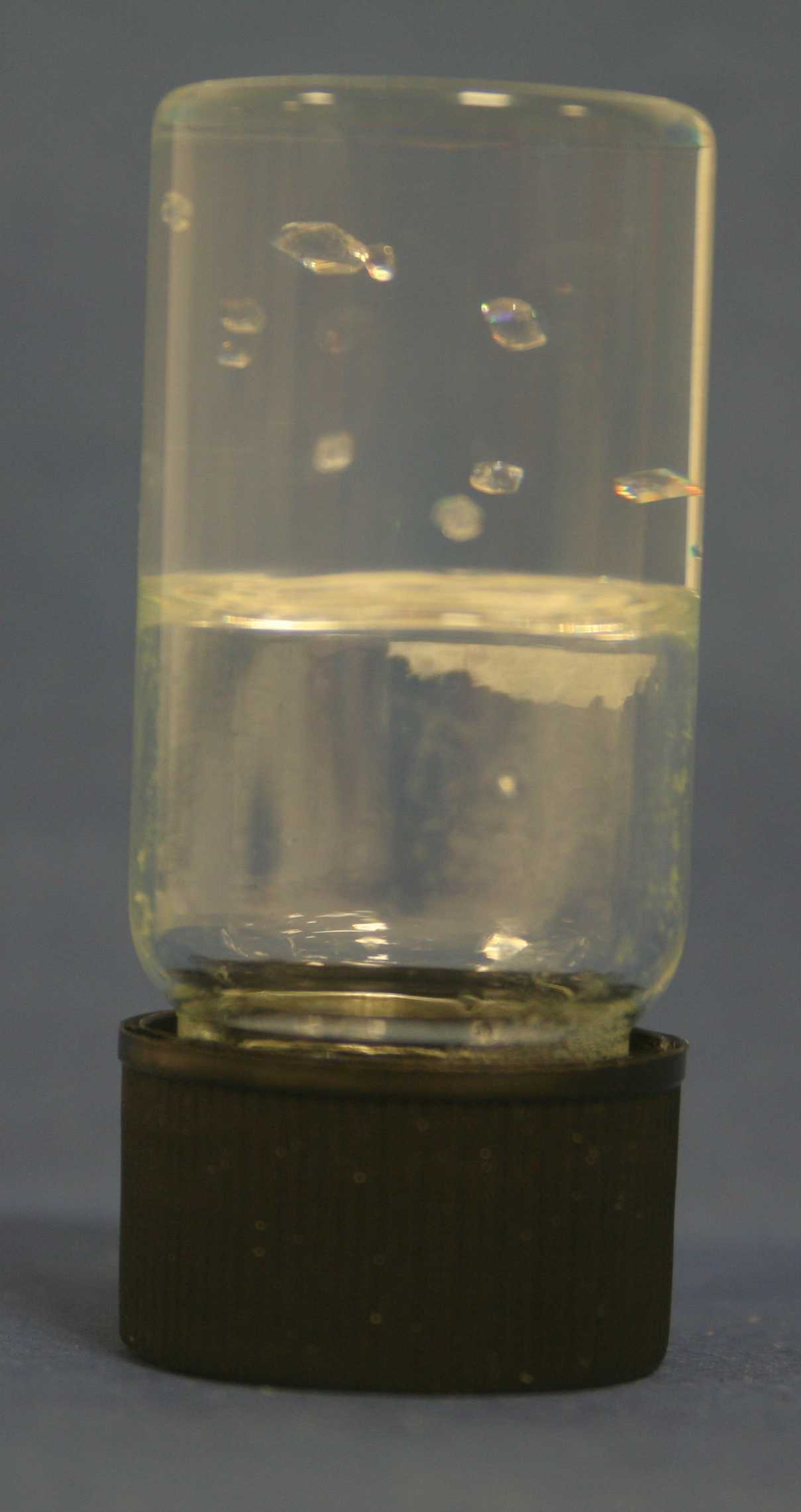
Well now for the serious bit. The chemistry that goes on in Jon’s Lab (CG51 for anyone who wants to go see the action) is based upon on supramolecular chemistry and nanochemistry and has as its core theme the characterisation, understanding and application of novel non-covalent bonding types. At a fundamental level his work involves the synthesis and study of new complexes containing a variety of supramolecular interactions. At an applied level the insights from fundamental studies are incorporated into multipoint molecular recognition, triggering and amplification on the nanometre scale. He has particular interests in crystal structure and polymorphism. Cool, huh?






